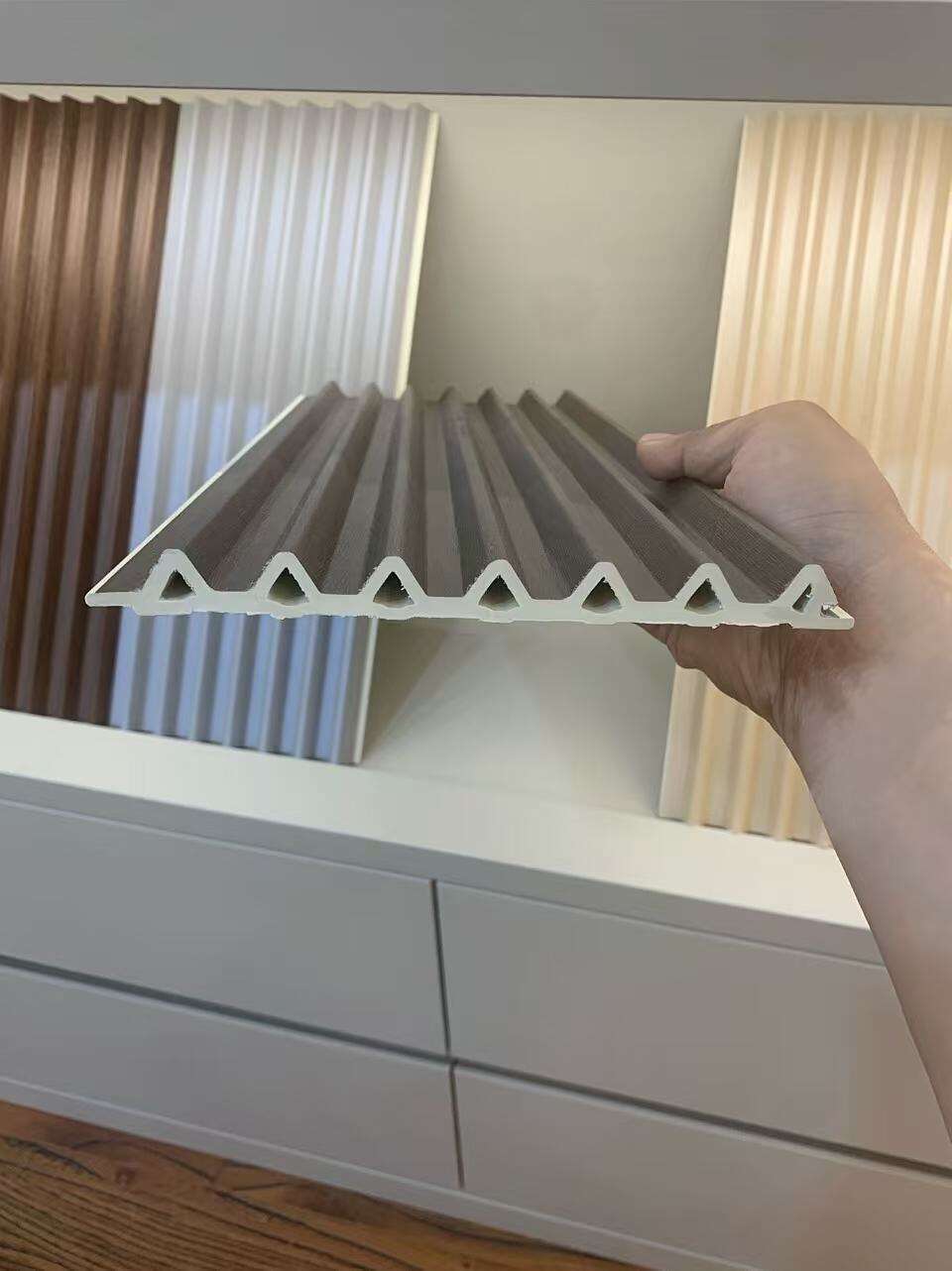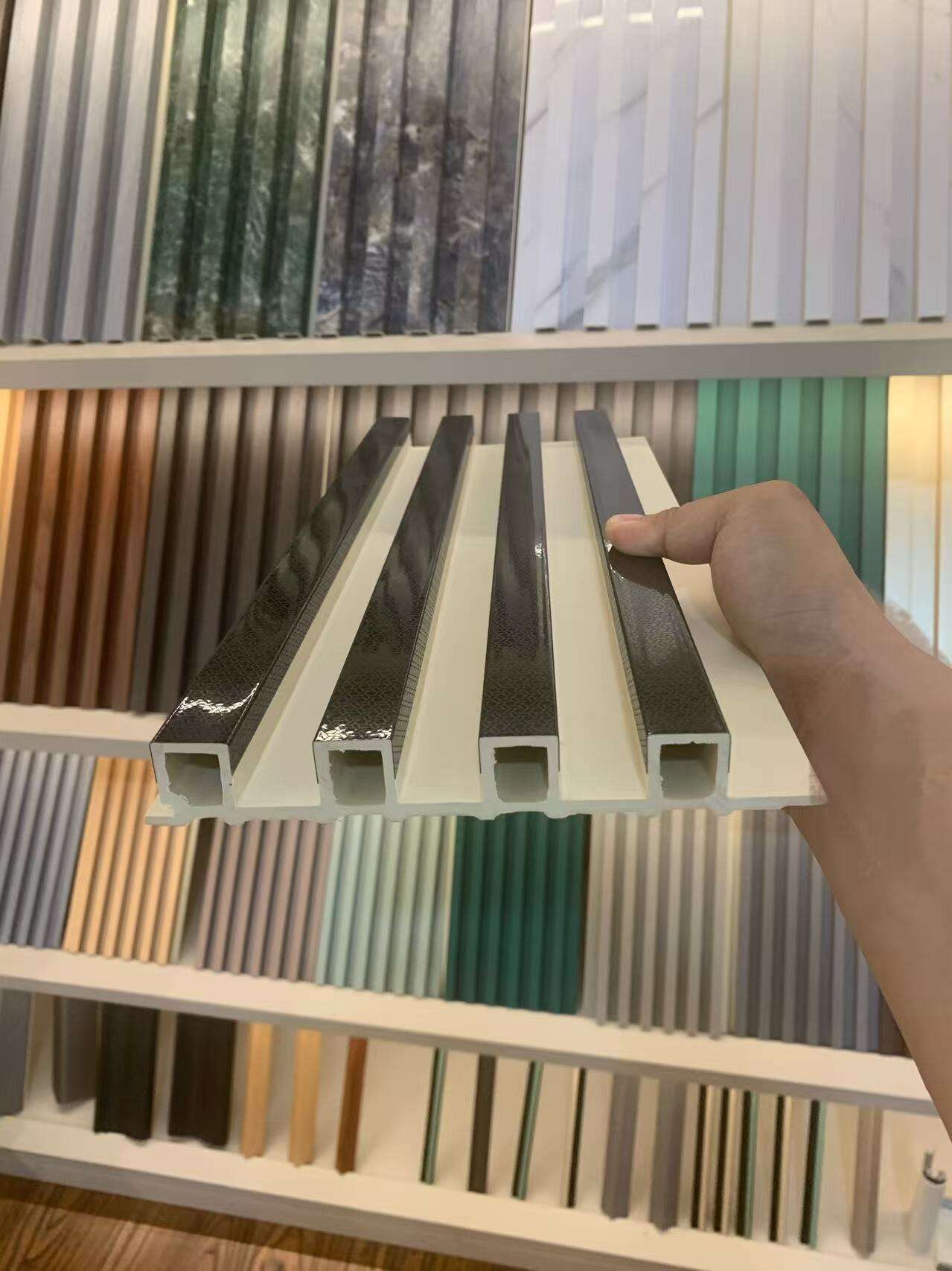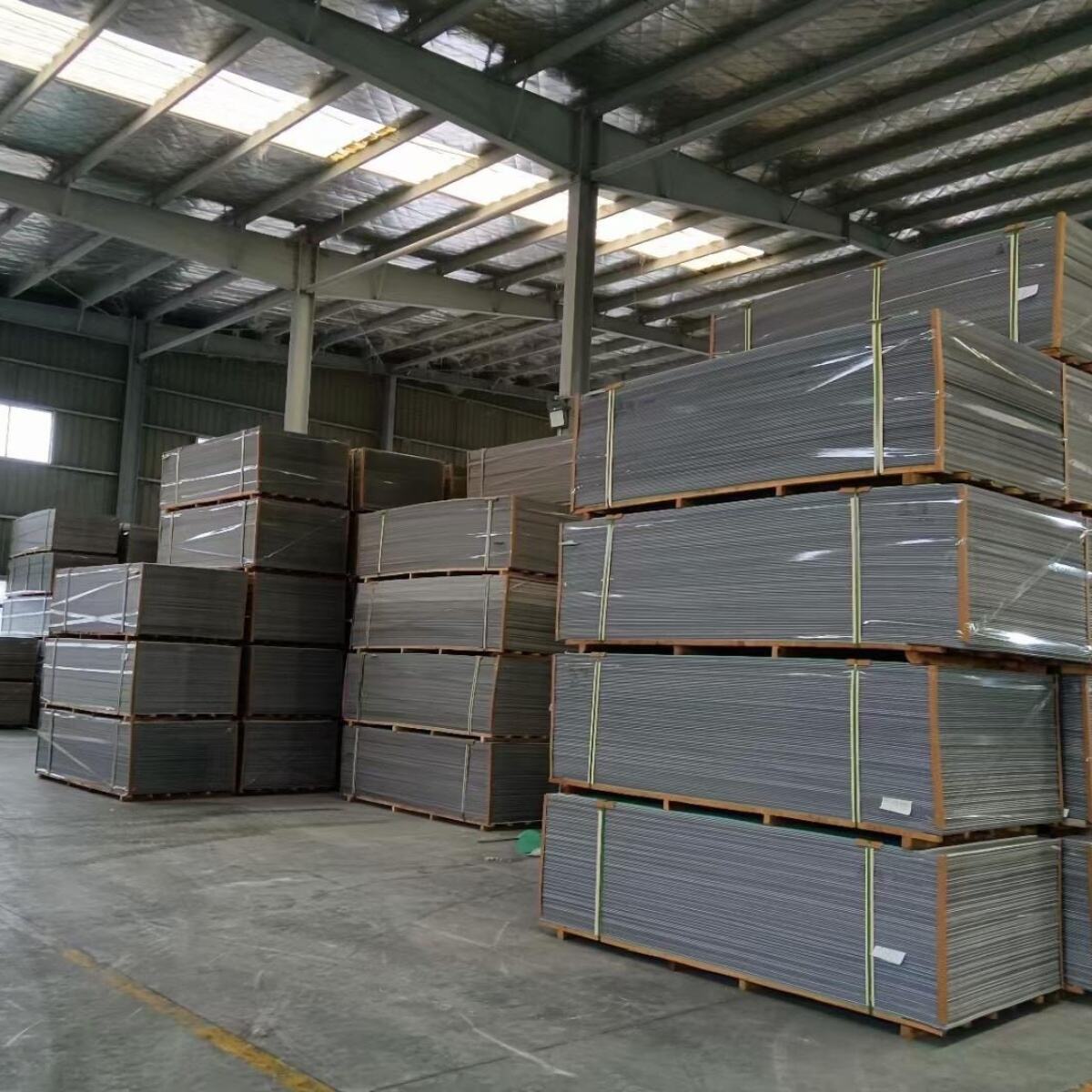WPC wall panel design encompasses a diverse range of aesthetic and functional considerations, blending innovation in material science with creative architectural vision to transform interior and exterior spaces. These designs leverage the unique properties of wood plastic composite (WPC) to offer versatility, durability, and visual appeal, catering to both residential and commercial applications. Aesthetic diversity is a hallmark of WPC wall panel design. Panels are available in an array of textures, from realistic wood grains (replicating hardwoods like teak or maple) to smooth, contemporary finishes, industrial inspired embossments, or nature inspired patterns (such as stone or concrete). Color options range from natural earth tones (beige, brown, gray) to bold, vibrant hues (blue, green, red), allowing designers to create focal points or harmonious color schemes. The integration of 3D designs, geometric shapes, or asymmetrical patterns adds depth and dynamism, making WPC panels suitable for feature walls in living rooms, lobbies, or retail spaces. Functional design elements are equally important. Panel dimensions vary, with standard sizes (e.g., 1.2m–2.4m in length, 10cm–30cm in width) complemented by custom options to fit specific spaces. Interlocking or tongue and groove designs simplify installation, ensuring seamless joints and reducing labor time, while reversible panels (with different finishes on each side) offer flexibility. For exterior use, designs often include drainage channels or ventilation gaps to prevent moisture buildup, enhancing durability in outdoor environments. Application specific designs address unique needs. For high moisture areas like bathrooms or kitchens, panels feature water resistant cores and sealed edges to prevent water penetration. In commercial settings, fire retardant designs meet safety codes, while acoustic panels with perforated patterns or foam backings reduce noise transmission in offices or hotels. Decorative elements, such as integrated LED lighting channels or cut out motifs, add functionality and ambiance, allowing panels to serve as both cladding and lighting features. Sustainability is increasingly integrated into WPC wall panel design, with many products using recycled wood fibers and plastics, reducing environmental impact. Designers also prioritize modularity, enabling easy replacement of damaged panels and extending the lifespan of installations. Whether used to create a rustic cabin feel, a sleek urban loft, or a durable outdoor facade, WPC wall panel design continues to evolve, pushing boundaries in both form and function to meet the demands of modern architecture.



Copyright © 2025 by Shandong Falading New Decoration Material Co., Ltd. | Privacy policy